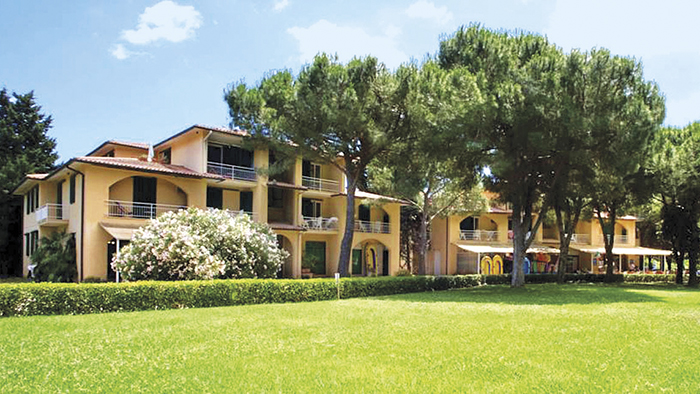


Michael Cook had been a staunch Liberal and a leading member of the Aultsville Methodist Church. Minard took over the operation of the farm, where the senior Cook lived till his death in 1912. He retired from farming in 1891, and his remaining cattle were sold off at a dispersal sale. With the breed’s increasing popularity, Cook’s dominance as a breeder declined. (Holsteins now comprise 95 per cent of Canadian dairy cattle.) Cook also promoted the breed by helping to establish the Dominion Holstein Breeders’ Association in September 1884 and acting as its first president (1884–87). Over the next few years, the firm of Lord, Cook and Son continued to sell and exhibit Holsteins its cattle contributed to the foundation of Ontario’s present herd. In June 1883 the Farmer’s Advocate and Home Magazine, a popular periodical of the time, praised Holsteins, with their characteristic black and white markings, as “large, handsome, easily fattened, desirable and profitable for beef, of remarkable quiet disposition, wonderful milk producers – in fact the best dairy stock known.” Many were immediately offered for sale and were exhibited at the Toronto Industrial Exhibition and the Guelph fair, where they created a great deal of interest. In 1883, in cooperation with Lord and under the name of “Aultsville Stock Farm, Lord, Cook and Son,” he brought in over 100 Holsteins. Whatever Cook’s status, there was one first he could clearly claim – he was the first individual to import Holsteins into Canada from the Netherlands, where the breed originated.

In determining the first importer of Holsteins into Canada the date is important because a Winnipeg breeder, Archibald Wright, is known to have imported Holsteins from the United States in 1881. However, a bill of sale from Cook in 1892 notes that his herd was established in 1881. American herd-books indicate that in 1882, in conjunction with B. B. Lord of Sinclairville, N.Y., he imported nine cows and two bulls from Smiths and Powell, prominent stockbreeders in New York State. The exact date of Cook’s first importation of the Holsteins, which were new to North America, is not known. Cook’s decision has traditionally been attributed to his reading of American farm periodicals, which heavily promoted this breed, and to the influence of his progressive son Minard Michael. In 1881 he made a decision that would earn him a place in Canadian agricultural history: he decided to import Holstein-Friesian cattle. The census of 1871 shows that he sold over 1,750 pounds of butter and kept 14 milch cattle, Ayrshires being his breed of choice until the early 1880s. About 1869, however, they and their family moved back to the homestead at Aultsville.Ĭook ran a mixed farming operation, with a specialization in dairying, which was beginning to take off in eastern Ontario. After his marriage to Margaret Gallinger in 1849, the couple settled on a farm near Gallingertown. Michael was educated at local schools and attended high school in Matilda (Iroquois). In 1832 he moved his family to a farm in Osnabruck Township near the village of Charlesville (later renamed Aultsville). Of United Empire Loyalist descent, Michael Urias Cook’s father was a farmer in Williamsburgh, in the St Lawrence valley. 1890), and they had five sons and three daughters d. 5 Feb. 1912 near Aultsville, Ont. 7 Feb. 1824 in Williamsburgh Township, Upper Canada, son of Michael Cook and Frederica Weegar (Weager) m. COOK, MICHAEL URIAS, farmer, butter producer, and breeder b.


 0 kommentar(er)
0 kommentar(er)
